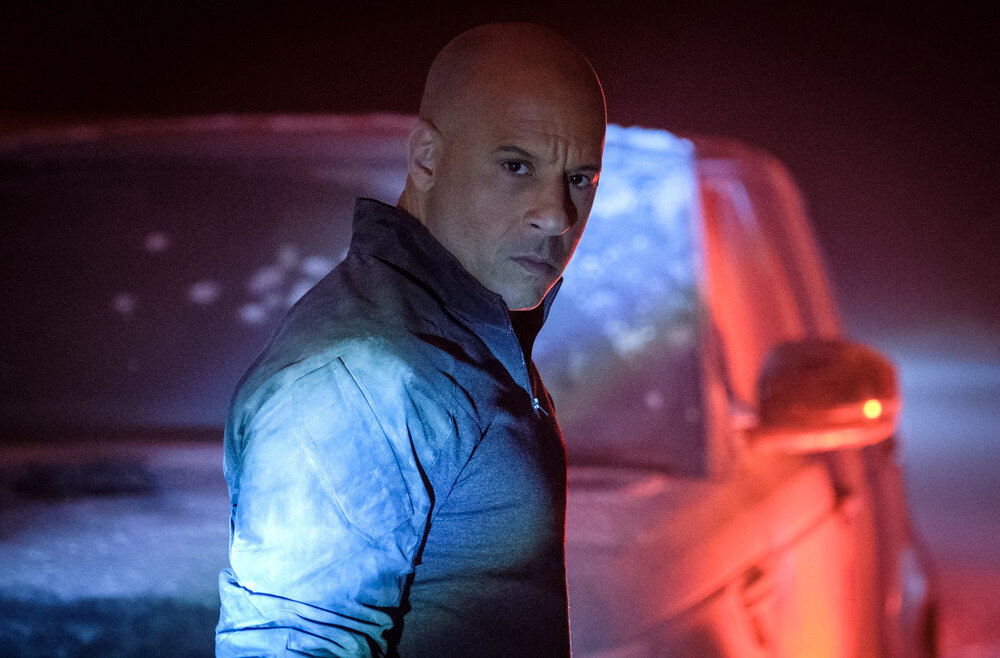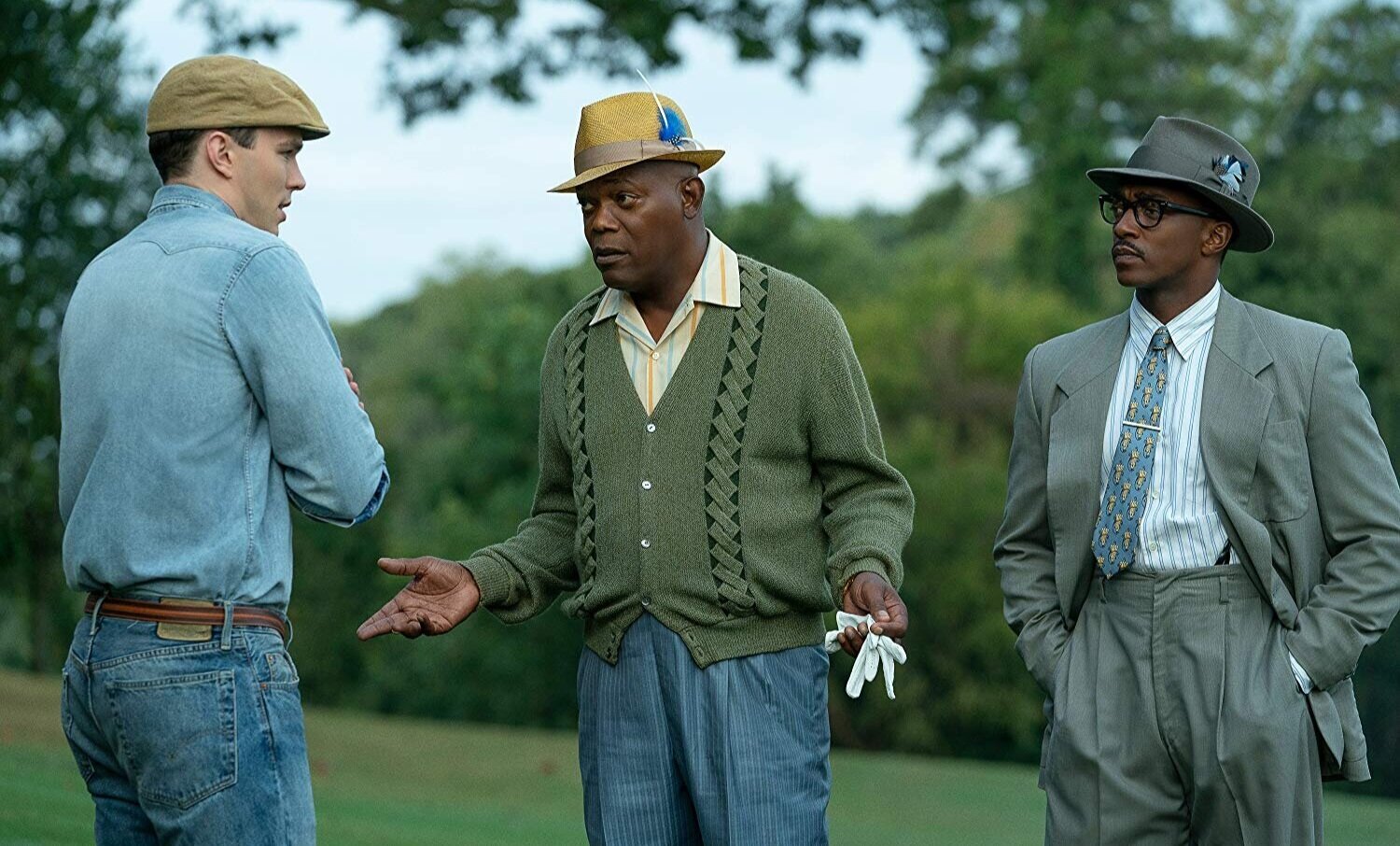Al Pacino and Kitty Winn in ‘The Panic in Needle Park’ (1971)
Directed by: Jerry Schatzberg
Screenplay by: Joan Didion and John Gregory Dunne based on “The Panic in Needle Park” by: James Mills
Starring: Al Pacino, Kitty Winn, Alan Vint, Richard Bright, Raúl Juliá, Kiel Martin, Paul Sorvino
When thinking about how to best celebrate Al Pacino’s birthday, one is inclined to think about his cinematic legacy. The actor who turns 80 on April 25, has given us such indelible performances over the course of his career, but none have been as stark and as charismatic as that of the drug-addled, hopeless romantic Bobby in Jerry Schatzberg’s “The Panic in Needle Park” from 1971.
Billed as his first leading role and only his second major feature performance, Pacino who is known for his subtlety as well as his charisma, would lay the groundwork for many future, nuanced performances.
“The Panic in Needle Park” is first and foremost about the ongoing drug addiction problem in the United States; the ease by which your drug of choice can be obtained and the euphoric feeling on reaching a high and the dramatic fall in which we often find Bobby, a low level pusher in the Sherman Square section of Manhattan.
The story by Joan Didion and John Gregory Dunne doesn’t depict Bobby as strung out, nor does he lack intelligence. In fact, Bobby is an aspiring entrepreneur. He is ambitious, a hallmark of every Pacino performance. He is driven toward a better life, though his purpose might be to find that high again. Within the film’s tragedy, we see him headed toward that goal.
The Sherman Square section of Manhattan, nicknamed Needle Park for the drug addicts it attracts is the urban setting for Schatzberg’s taut thriller. The city, crumbling from over population, overbuilding and a lack of oversight is in serious disrepair. It is the perfect setting for which Helen (Kitty Winn) can recover from an illness following an abortion. Living with her boyfriend Marco, played by a very dynamic Raúl Juliá in his first role, she falls for Bobby when he shows compassion for her situation.
While Pacino’s exquisite performance fuels the direction of the story, Schatzberg brought numerous elements together in “The Panic in Needle Park” to create the visceral realism it depicts, a realism that got the movie banned in several European countries on its initial release, having been rated X. In depicting an addict’s life fueled by drugs, right down to the actors injecting themselves, the audience is drawn directly into the world Bobby and Helen live in.
Didion and Dunne balance the drug usage with a doomed love story; doomed not because Bobby and Helen didn’t love each other. Their drug fueled relationship was perhaps the most real aspect of the story because they believed in one another. However, Bobby’s short fuse and Helen’s desire to make her own way in the world, another 1970’s truism, made their relationship rocky.
That, and a very ambitious Detective Hotch (Alan Vint) who was looking for his big score, puts the struggling couple in between the harsh realities of the drugs problem: ambition begets ambition, and knowing who to trust is critical.
Within the realities of the story comes strong, well-defined characters with Bobby being the most present, while the muted grey landscape of Manhattan serves as the most omnipresent character in “The Panic in Needle Park.” The production made the decision to abandon Ned Rorem’s score for the film replacing it with the sounds of the everyday crush of people and cars, the sounds of construction and development, creating a unique environment in which to drive Pacino’s performance, yet another reflection of the film’s ‘ambition begets ambition” themes.
Every scene in the film reminds us of the place New York City was, cementing the struggles that surrounded Bobby and Helen, giving them purpose in trying to find their highs and discovering the utter depths of their lows. These reminders offer a reason to want to do better, to be better. Bobby was willing to get his hands dirty, driving his ambition and when he gets his chance, he finds a better high, which is just as quickly yanked down.
Some 49 years later, “The Panic in Needle Park” remains a contemporary film because of its ambition to deliver a gritty, realistic look at drugs and the ambition it fuels.
Al Pacino’s performance in “The Panic in Needle Park” doesn’t call attention to itself, rather it is the anchor in a film where every character, no matter how big (New York City) or how small (Raúl Juliá) flourishes.
Reportedly, Pacino’s performance in this film was the sole reason why Francis Ford Coppola chose him a year later for the role of Michael Corleone in “The Godfather.” Pacino would go on to many other memorable roles, including Frank Serpico (“Serpico”), Sonny Wortzik (“Dog Day Afternoon”), Frank Slade (“Scent of a Woman”), Tony Montana (“Scarface” (1983)) and Vincent Hanna (“Heat”), each performance a testament to his esprit de corps.
































